Pakistan’s tribal belt resists planned military operation amid fears of fresh displacement
Protests grow across northwest Pakistan as residents reject new offensive, call for peace and political solutions

Kamran Ali
Correspondent Nukta
Kamran Ali, a seasoned journalist from Khyber Pakhtunkhwa, Pakistan, has a decade of experience covering terrorism, human rights, politics, economy, climate change, culture, and sports. With an MS in Media Studies, he has worked across print, radio, TV, and digital media, producing investigative reports and co-hosting shows that highlight critical issues.
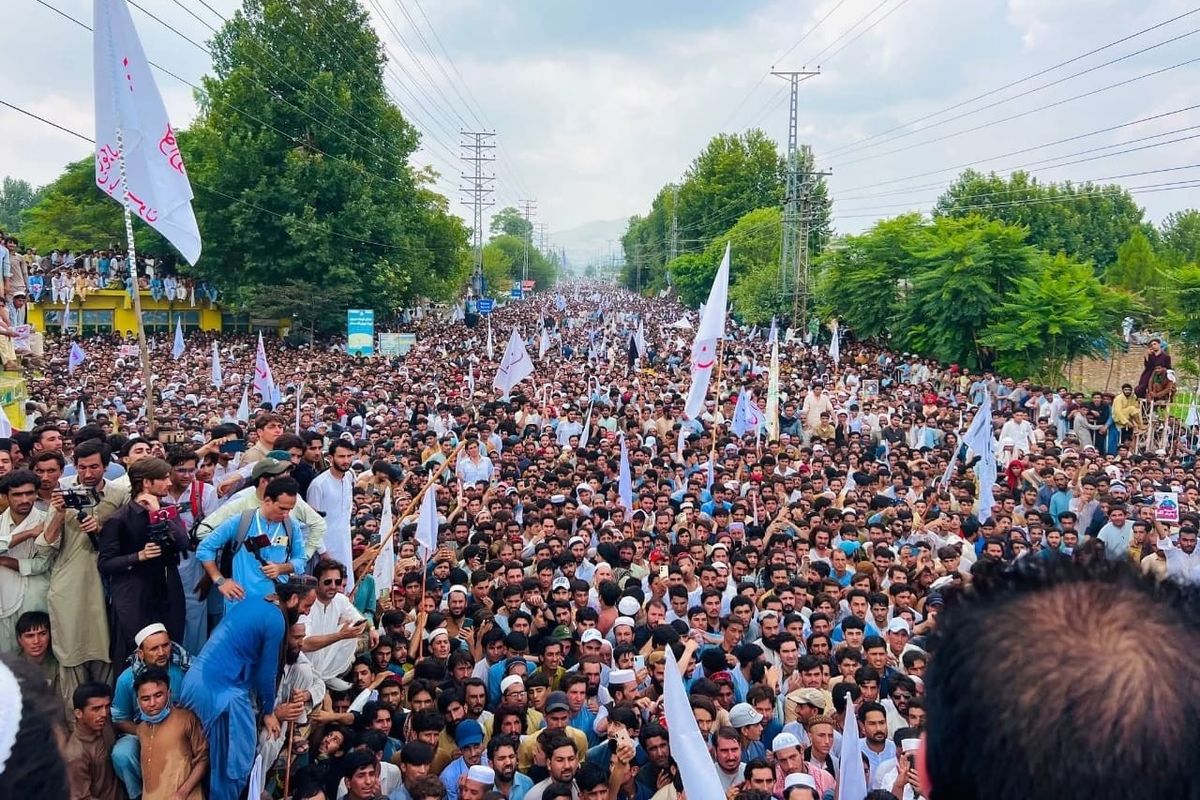
Peace march in Bajaur.
Protests are intensifying across Pakistan’s northwestern tribal belt, where communities are rallying against the specter of a fresh military offensive.
From Khyber and Bajaur to Waziristan and Kurram, residents have taken to the streets in what they describe as a collective stand for peace -- rejecting further displacement and demanding non-military solutions to restore stability.
Over the past month, more than 10 protest rallies -- branded as “Peace Marches”-- have mobilized diverse voices, including grassroots activists, tribal elders, lawyers, and political leaders. The demonstrations reflect a growing resistance to armed intervention and an urgent plea for alternatives in a region long marked by cycles of conflict and humanitarian crises.
Past military operations
Jawad Yousafzai, a journalist and researcher who studies conflict in the region, says that while no official record exists documenting the total number of military operations in Khyber Pakhtunkhwa (KP), various sources estimate that over 20 operations have taken place since 2001.
Major operations
- Al-Mizan (2002–2006) – Carried out in South and North Waziristan to dismantle Al-Qaeda and Taliban networks.
- Zalzala (2008) – Targeted Tehreek-i-Taliban Pakistan (TTP) hideouts in South Waziristan.
- Sherdil (2008) – Aimed at eliminating TTP presence in Bajaur and restoring state control.
- Rah-e-Haq I (2007) – Launched in Swat to counter early signs of TTP insurgency.
- Rah-e-Haq II (2008) – Focused on reclaiming militant-held areas in Swat.
- Rah-e-Haq III (2009) – Paved the way for a full-scale military clearance.
- Rah-e-Rast (2009) – A decisive push to eliminate TTP from Swat Valley.
- Black Thunderstorm (2009) – Aimed at rolling back militant advances in Buner and Lower Dir.
- Bia Darghalam (2009) – Focused on Mohmand’s strategic passes and militant villages.
- Rah-e-Nijat (2009) – Targeted TTP’s Mehsud-led network in South Waziristan.
- Brekhna (2009–2010) – Disrupted supply routes in Mohmand and Orakzai.
- Koh-e-Sufaid (2011) – Secured the Parachinar–Thall road and reestablished calm in Kurram.
- Zarb-e-Azb (2014–2016) – A major operation to eliminate terrorist sanctuaries in North Waziristan.
- Khyber I–IV (2014–2017) – Targeted Lashkar-e-Islam, TTP factions, and ISKP infiltration routes in Khyber.
- Radd-ul-Fasaad (2017–present) – A nationwide crackdown on residual militant networks.
- Meezan (2018) – Post-Zarb-e-Azb operation aimed at stabilizing North Waziristan.
According to a study published in Global International Relations Review on the War on Terror’s humanitarian fallout, between 2.7 and 3.5 million people have been displaced as a result of military operations in the former Federally Administered Tribal Areas (FATA) -- the largest displacement crisis in Pakistan’s history.
- YouTube www.youtube.com
No more operations, no more displacement
Elected officials, activists, and tribal elders have expressed near-unanimous opposition to any new military campaign in their communities, declaring they will not accept further displacement.
Nisar Baz, an elected representative from Bajaur, questioned the efficacy of repeated operations. “More than 20 military operations have taken place. What has been the result?” he asked. “Every time the state declares the region cleared and urges displaced families to return—only for the cycle to repeat.”
Ajmal Khan, also an elected member from Bajaur, echoed the sentiment in an exclusive statement to Nukta. “Our people have sacrificed enough. Now our only demand is peace,” he said.
“Military action is not a solution. It brings suffering -- displacement, civilian casualties, and collateral damage. Instead of stability, it fuels greater chaos.”
Sohail Afridi, Special Assistant to the Chief Minister of KP and a representative from Khyber, confirmed that residents are once again being instructed to evacuate ahead of a possible operation. “The people refuse to flee to camps this time,” he said. “If displaced, they will protest in Islamabad. This is our stand.”
Mufti Baitullah, head of the Aman Pasoon in Waziristan, announced the launch of a peaceful resistance movement. “We will not vacate a single home,” he declared. “Either restore Waziristan to its former state or be ready to turn it into a graveyard. But we will never abandon our land.”
But if not force, then what?
With tensions high, a critical question looms: If military action is rejected, what path remains for restoring peace?
Ajmal Khan argued that targeted, intelligence-based operations have continued quietly and are widely accepted, as they prioritize civilian safety. He stressed the need for regional diplomacy: “Given the tribal region’s proximity to Afghanistan, we must engage with the Afghan government and share our concerns, while continuing precision strikes.”
Anwar Zeb, another lawmaker from Bajaur, agreed that durable peace is impossible without some form of action -- but warned against large-scale operations. “True stability will remain elusive until we stop differentiating between ‘good and bad Taliban’ and secure the borders.”
Sohail Afridi questioned the effectiveness of the current border control regime. “If the Pak-Afghan border is fully fenced, how are terrorists still infiltrating?” he asked, suggesting that civilians often comply with militants at gunpoint out of fear for their lives.
He called for sharper intelligence gathering and tighter border security. “If militants still reach settled areas, then the entire system requires reevaluation.”
Adnan Qadri, provincial minister and representative from Khyber, argued that only precise targeting -- not mass displacement -- can serve as a long-term solution. “Identify and eliminate terrorists without harming civilians,” he told Nukta.
Aurangzeb Khan, an assembly member from Orakzai, recalled a tribal elder’s pointed words during a recent visit by the Army Chief: “You say the Pakistan Army can destroy India’s defense systems in 24 hours -- yet it can’t defeat lightly armed militants in our own backyard.”
The ‘unfulfilled promise’ of NAP
The National Action Plan (NAP), Pakistan’s flagship counterterrorism strategy, was formulated in 2014 following the Army Public School massacre in Peshawar. According to the National Counter Terrorism Authority (NACTA), NAP outlines 20 points, including the dismantling of terror financing networks, curbs on proscribed outfits, repatriation of IDPs, and the registration of Afghan refugees.
But nearly a decade later, many say it remains more of a wish list than an action plan.
Nasir Baaz, a prominent peace advocate, told Nukta that the plan has failed due to a lack of political will. “Peace isn’t unattainable, but it requires serious intent,” he said. “The framework already exists—if implemented, it can work.”
He noted that selective application of NAP has led to uneven progress across provinces. “If Punjab and Sindh can be stabilized, why not KP or Balochistan? The capacity is there—but the commitment is missing.”


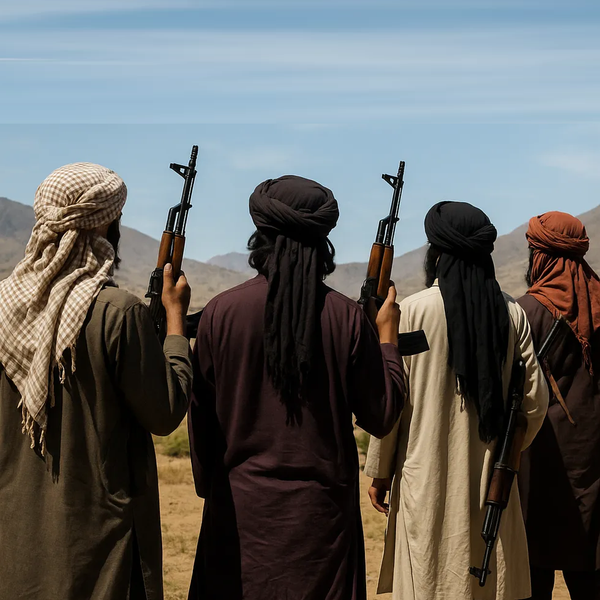
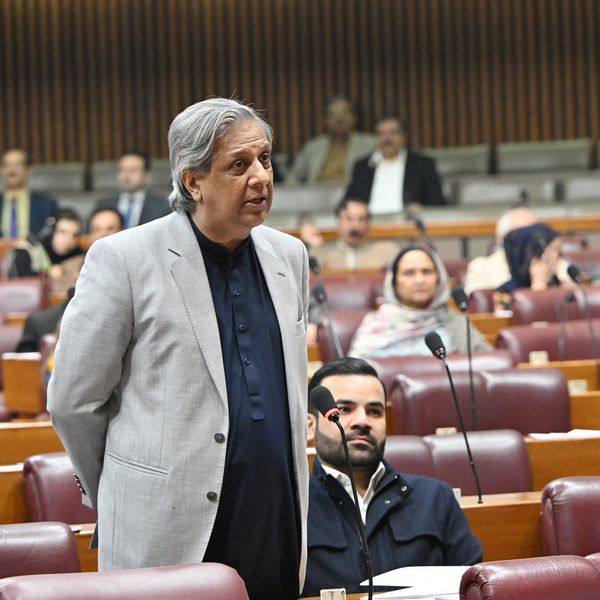

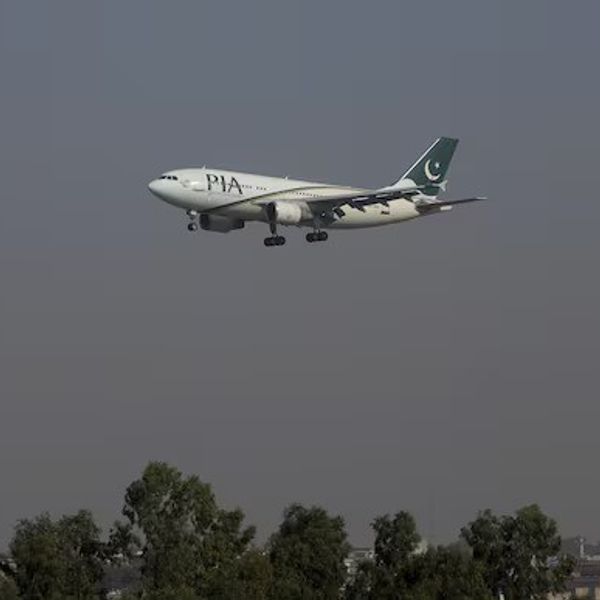
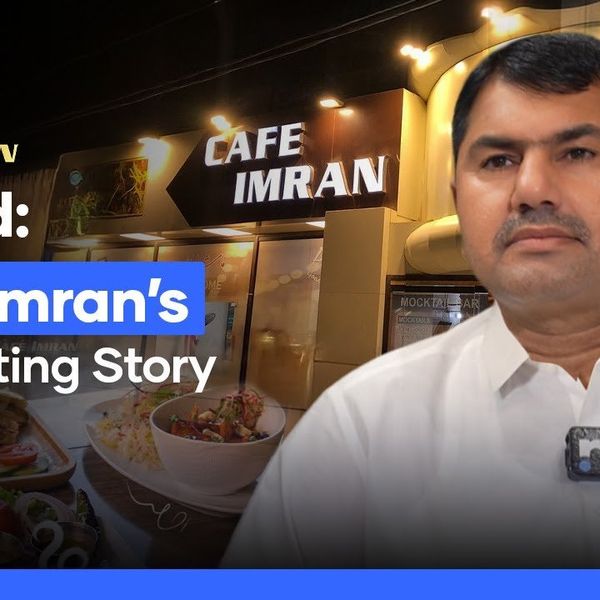
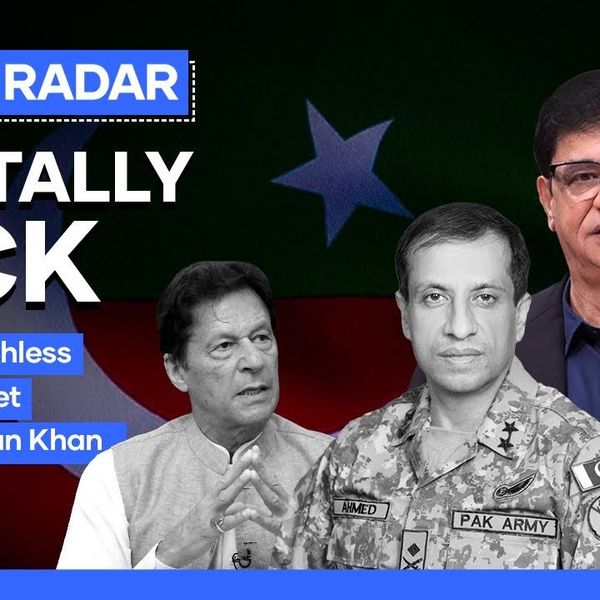


Comments
See what people are discussing